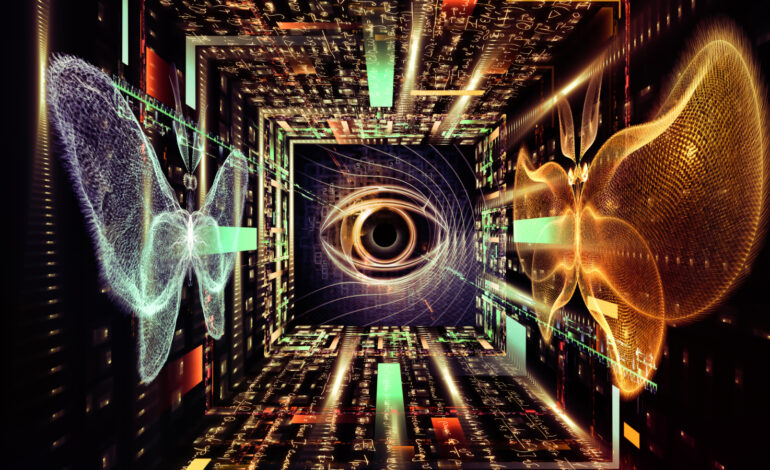
Understanding AI Hallucinations: Causes and Solutions
As artificial intelligence systems become more sophisticated, instances of AI-generated ‘hallucinations’ seem to be on the rise. These unpredictable errors present challenges in ensuring AI reliability and trust. We delve into the reasons behind these hallucinations and explore whether feasible solutions exist to mitigate their occurrence.
What Causes AI to Hallucinate?
AI hallucinations occur when artificial intelligence systems generate outputs that are unexpected or nonsensical. This issue arises from the AI’s tendency to produce confident responses without understanding the context. As AI models grow in complexity, their training data may contain biases or errors, which inadvertently result in hallucinations. This peculiar behavior highlights the challenge of aligning AI output with human expectations and real-world applicability.
Why Hallucinations Increase with Complexity
As AI models become more advanced, they process vast amounts of data and execute intricate tasks. Such complexity can inadvertently increase the risk of hallucinations. When models are tasked with understanding ambiguous or incomplete data, their outputs can become erratic. Larger models might also incorporate conflicting data from diverse sources, leading to contradictory results. Understanding how complexity impacts AI behavior is essential for developing more reliable systems.
Strategies to Address AI Hallucinations
Preventing AI hallucinations involves enhancing model accuracy and reliability through better training data. One approach is refining the data quality and reducing biases during AI training. Another strategy is implementing robust testing protocols to identify potential hallucinations before deployment. Moreover, developing more interpretable AI systems can aid humans in understanding their decision-making processes, potentially minimizing hallucinations. These solutions are crucial for advancing safe AI applications.
Conclusion
AI hallucinations represent a growing concern as systems become more advanced. Addressing these issues requires continuous improvement and thorough testing of AI models. By focusing on data quality and interpretability, developers can work towards minimizing hallucinations, paving the way for more trustworthy artificial intelligence applications.




